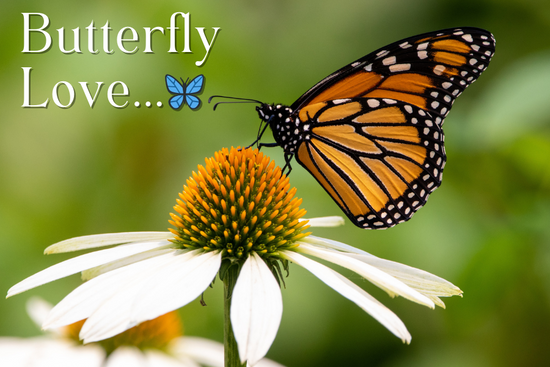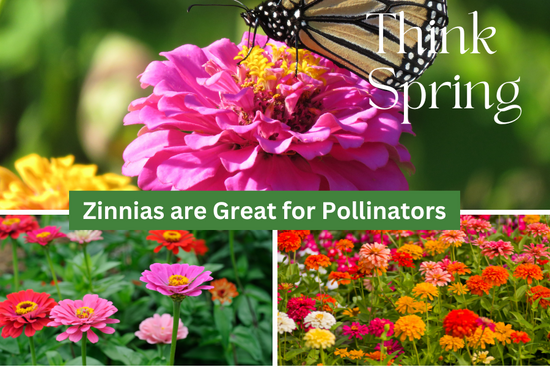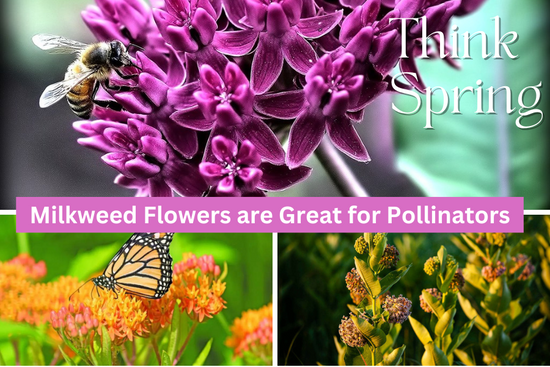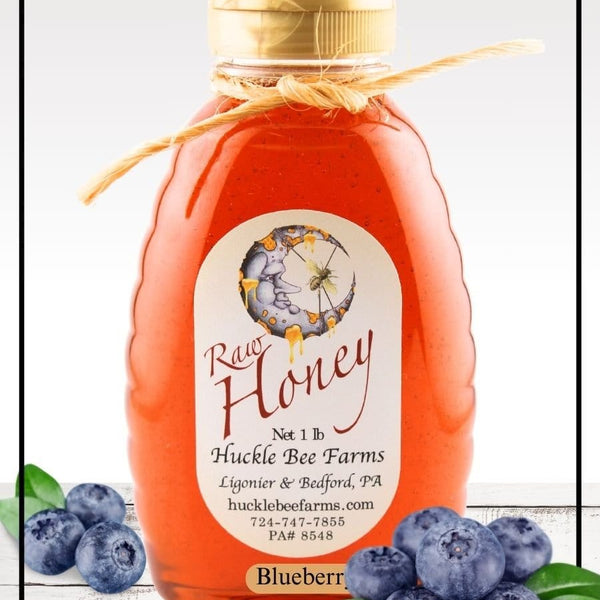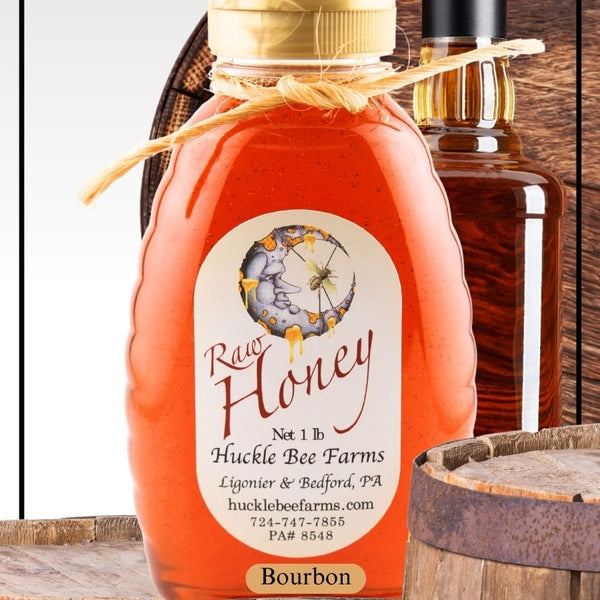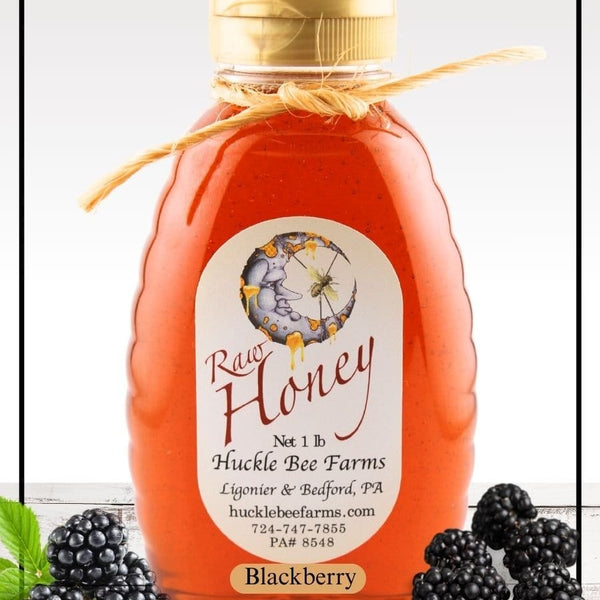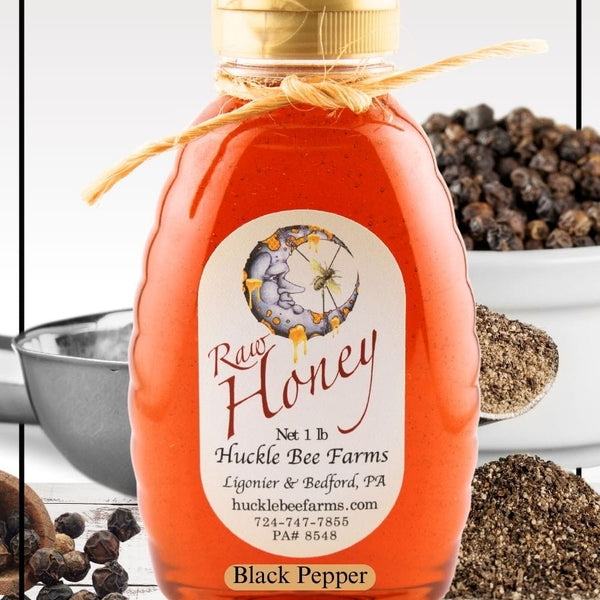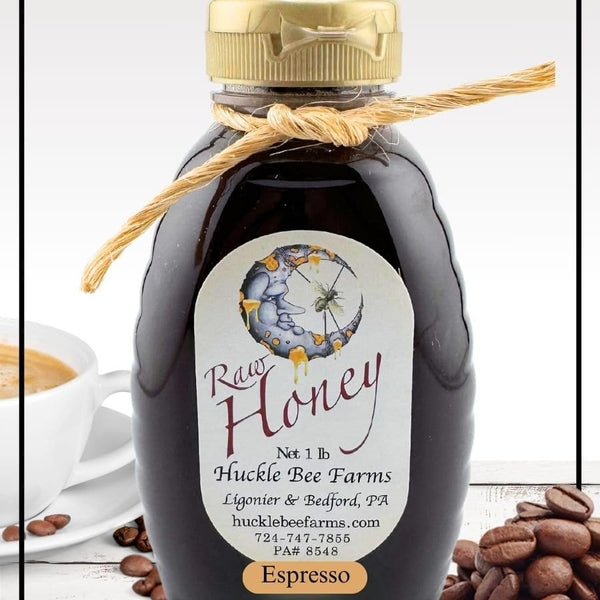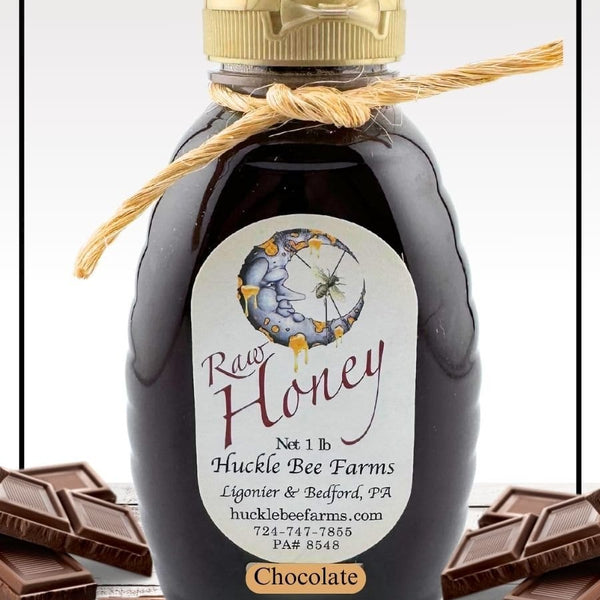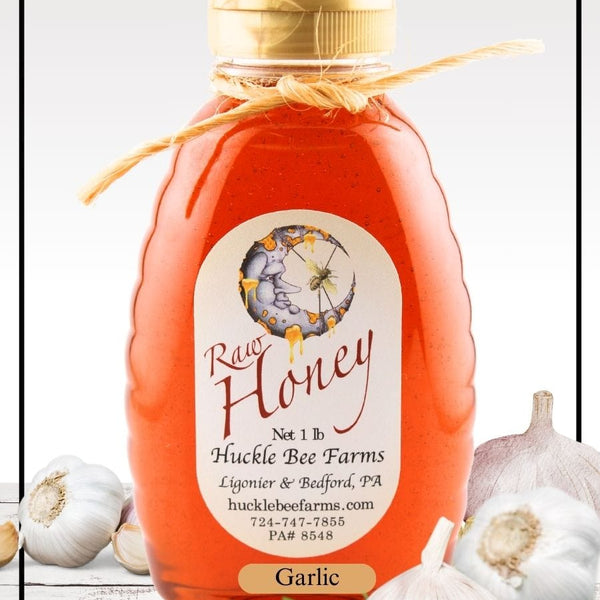
Fluttering Beauties: 10 Fascinating Facts About Butterflies
In the delicate dance of nature, few creatures evoke the same sense of wonder and Fluttering Beauties as butterflies. With their vibrant colors, intricate patterns, and graceful flights, butterflies capture the imagination of people worldwide. Butterflies flutter in rainforests and gardens, symbolizing change, freedom, and the fleeting beauty of life. They decorate landscapes with their presence.
Welcome to our blog, where we embark on a captivating journey into the enchanting world of butterflies. Throughout history, butterflies have fascinated cultures across the globe, inspiring art, literature, and scientific inquiry. Yet, beyond their aesthetic appeal lies a realm of fascinating facts, ecological importance, and remarkable adaptations that deserve exploration.
Come learn about butterfly biology, their life cycles, and how they have adapted over time. Discover the wonders of these creatures with us. Butterflies are crucial for Earth's ecosystem. They move around and assist with pollination, adding to the complex network of life.
This blog is about celebrating 10 different facts about butterflies.
Our goal is to get our readers excited about these fragile creatures. If you love butterflies or find them beautiful, our exploration of these amazing creatures has something for everyone. It caters to both experts and beginners.
Come with us on a journey to learn about butterflies. Each flutter tells a story and every meeting reveals a new wonder of nature.

Here are Ten Cool Facts about Fluttering Beauties- the Butterflies.
- Butterfly wings display beautiful patterns and colors that do not come from pigments like those in other animals. Instead, they are the result of optical phenomena known as iridescence and structural coloration. Microscopic scales on their wings reflect and refract light, creating the dazzling array of hues we see.
- Butterflies Taste with Their Feet: Butterflies have taste receptors on their feet, allowing them to taste food sources by standing on them. This helps them determine whether a plant is suitable for laying eggs or for feeding.
- Complex Lifecycle: Butterflies undergo a complete metamorphosis, transitioning through four distinct stages: egg, larva (caterpillar), pupa (chrysalis), and adult butterfly. This transformation process is fascinating to observe and study.
- Butterfly Diversity: Different types of butterflies live in various habitats worldwide, such as rainforests and deserts. Each species has its own unique characteristics and adaptations.
- Proboscis: Butterflies have a specialized mouthpart called a proboscis, which they use to suck nectar from flowers. The proboscis coils up when not in use and extends to reach the nectar deep within the flower.
- Butterfly mimicry is when some butterflies look like toxic or bad-tasting species to protect themselves from predators. This serves as protection from predators who learn to avoid the toxic model species.
- Habitat Conservation: Butterflies are highly sensitive to environmental changes, making them important indicators of ecosystem health. Conservation efforts aimed at preserving butterfly habitats benefit not only butterflies but also other species within their ecosystems.
- Butterfly Migration: Some butterfly species engage in remarkable long-distance migrations. Monarch butterflies fly thousands of miles from North America to Mexico for the winter. They rely on an internal compass and the position of the sun to navigate this incredible journey.
- Butterflies live for a short time as adults, usually a few days to a few weeks. Their lifespan overall can be different depending on the type of butterfly. Some species live for only a few weeks, while others, like the Mourning Cloak butterfly, can live for up to eleven months.
- Butterfly Pollination: Butterflies are important pollinators and play a vital role in plant reproduction. As they drink nectar from flowers, they move pollen between flowers, helping with fertilize them. Their long proboscis, a tubular feeding organ, allows them to reach deep into flower blossoms to access nectar.
In conclusion, butterflies are not only symbols of beauty but also possess incredible adaptations and behaviors. Butterflies are fascinating creatures with shiny wings, changing life stages, long journeys, different lifespans, and important role in pollination. They are interesting to observe in nature.
What is Butterfly short information?
Butterfly (Order: Lepidoptera) is an insect known for its mesmerizing beauty and graceful flight. They undergo a remarkable metamorphosis from egg to caterpillar, then pupa, and finally emerge as a stunning butterfly. With vibrant colors and intricate patterns on their wings, butterflies are nature's artwork. They play a crucial role as pollinators, aiding in the reproduction of many plants.
Butterflies live in many different places around the world, like rainforests and deserts. They show how healthy an ecosystem is. People who like honey enjoy watching butterflies fly around flowers because they are charming and delicate.
Butterflies are fascinating creatures found worldwide, known for their delicate beauty and graceful flight. These insects belong to the order Lepidoptera, which includes moths as well. Honey enthusiasts love butterflies for their bright colors and beautiful patterns. They are a popular subject of study.
Butterflies undergo a remarkable transformation in their lifecycles, starting as eggs, then transforming into caterpillars before pupating and finally emerging as adult butterflies. This change, called metamorphosis, is important in their biology and helps create their many different and beautiful looks.
Butterflies are important for pollination, helping plants, including those that make gourmet honey, reproduce. As these insects visit flowers in search of nectar, they transfer pollen grains, helping the reproduction of plants.
Notably, some species of butterflies have developed specialized relationships with certain plant species, forming mutualistic partnerships. The Monarch butterfly and milkweed plant rely on each other. Caterpillars eat milkweed leaves, and adult butterflies help pollinate the plant.

Butterflies in United States
The United States is home to a diverse array of butterfly species, spanning various habitats from coast to coast. Here are some notable types of butterflies found in the USA:
- The Monarch butterfly is famous in North America for its long journey from Canada and to Mexico. This butterfly travels thousands of miles to reach its wintering sites. It travels thousands of miles to reach its wintering sites.
- Eastern Tiger Swallowtail butterflies are easy to spot with their impressive wingspan and striking black and yellow stripes. People often see them in forests and gardens in the eastern region.
- Painted Lady butterflies have orange-brown wings with black and white spots. They are common in North America and often migrate in large groups.
- The Black Swallowtail butterfly has black wings with blue spots and yellow bands. You can see it in gardens and meadows throughout the United States.
- The Gulf Fritillary butterfly has orange wings with black spots and silver markings. People often see it in the southern United States, especially in Florida and Texas.
- The Mourning Cloak butterfly has dark wings with yellow edges. The butterfly appears early in spring and people can find it in many parts of the United States.
- American Lady butterflies look like Painted Lady butterflies but have different markings. You can find them all over North America, especially in open fields and meadows.
- Pipevine Swallowtail butterflies get their name from the plant they eat as caterpillars. They have shiny blue-black wings and live in different habitats in the southern US.
- Zebra Swallowtail butterfly has black and white striped wings. It lives in the southeastern US, usually near rivers and streams in wooded areas.
- The Western Tiger Swallowtail looks like the Eastern Tiger Swallowtail but has some differences depending on the region. It lives in the western United States, from Alaska to California.
Conclusion
Various types of butterflies exist in the United States. These butterflies live in different landscapes across the country. This shows the diversity of butterfly species in the US.
In summary, butterflies are beautiful and play a significant role in the environment. Understanding their biology and role as pollinators enhances our appreciation for their unique contributions to the natural world.
Huckle Bee Farms
www.hucklebeefarms.com




